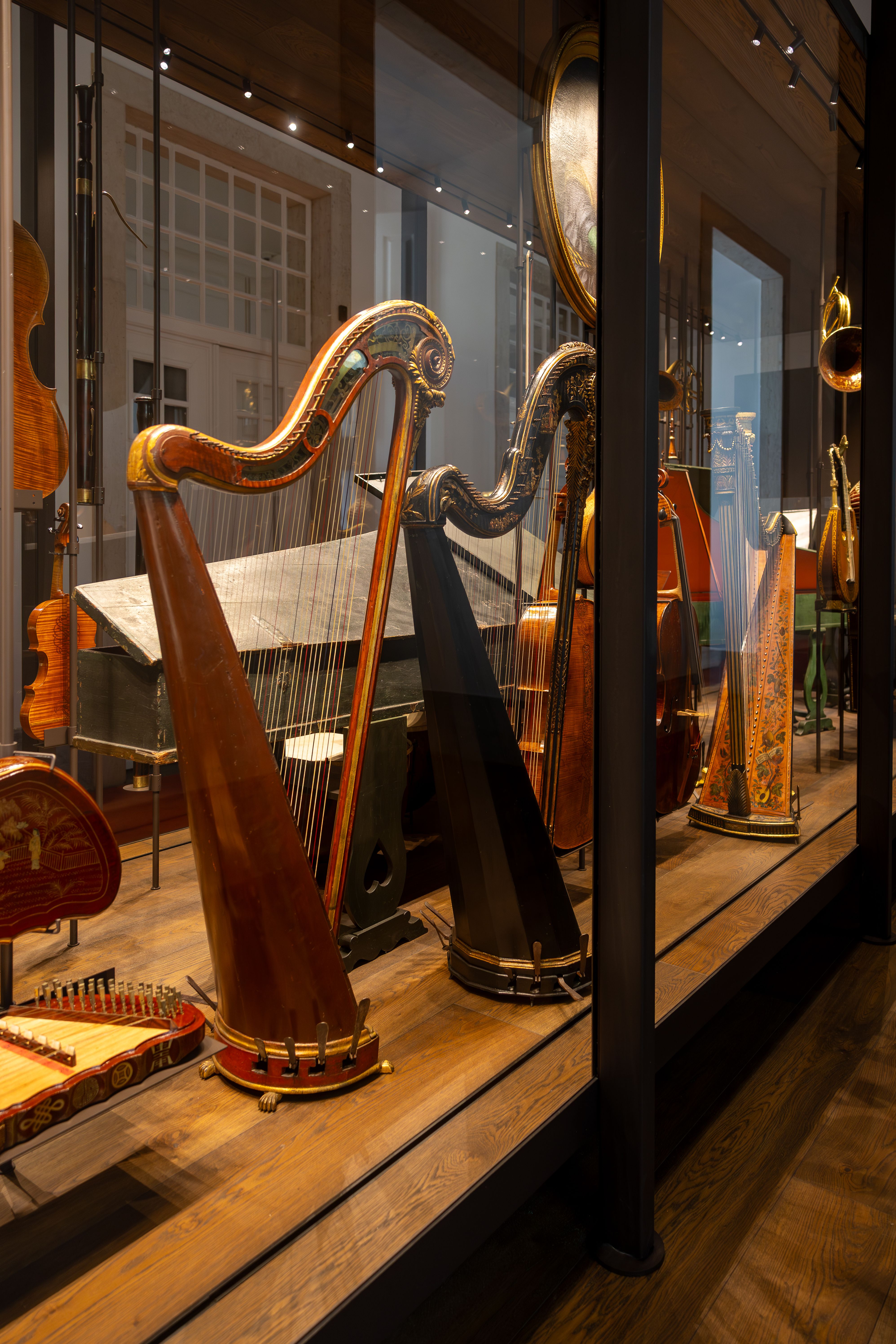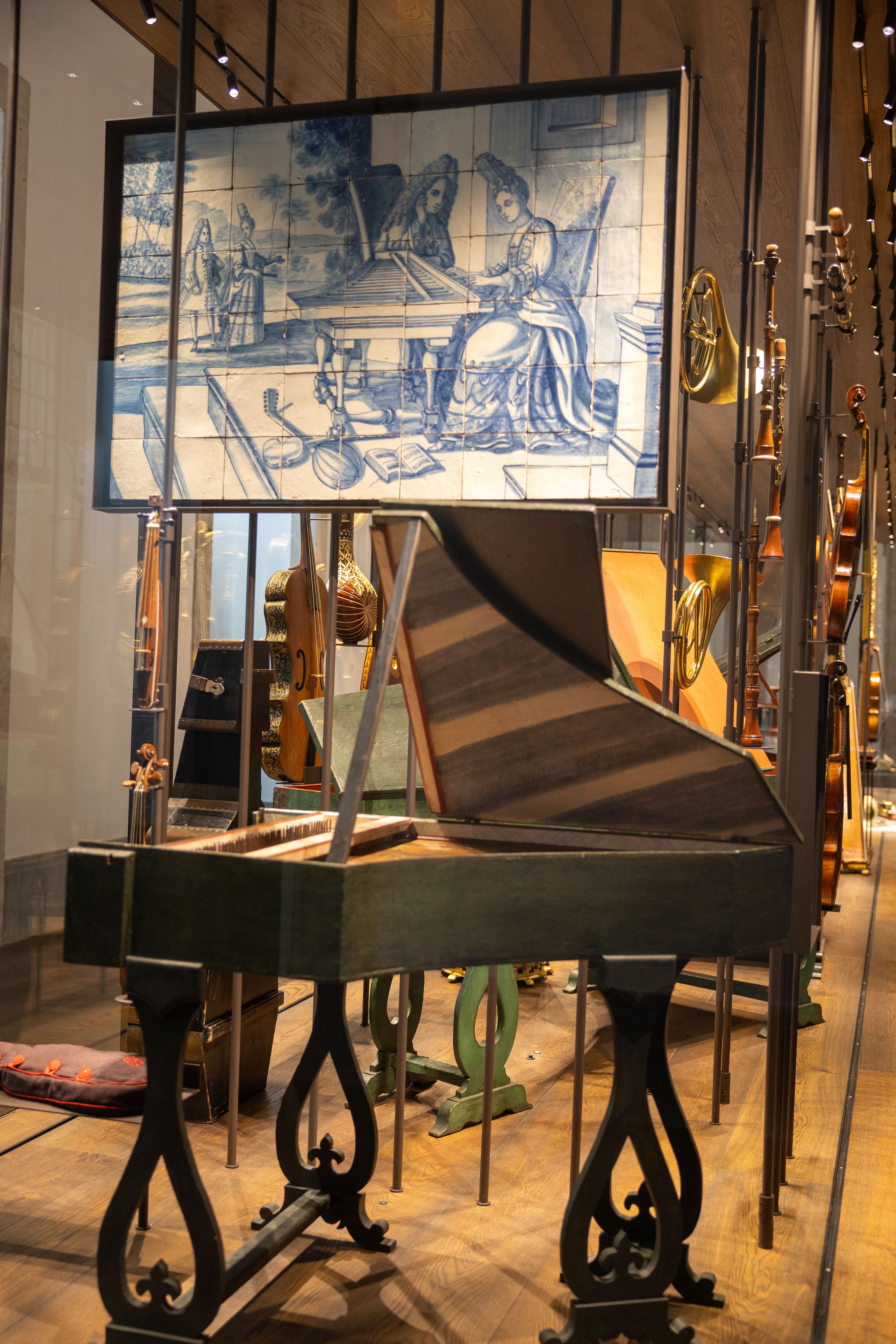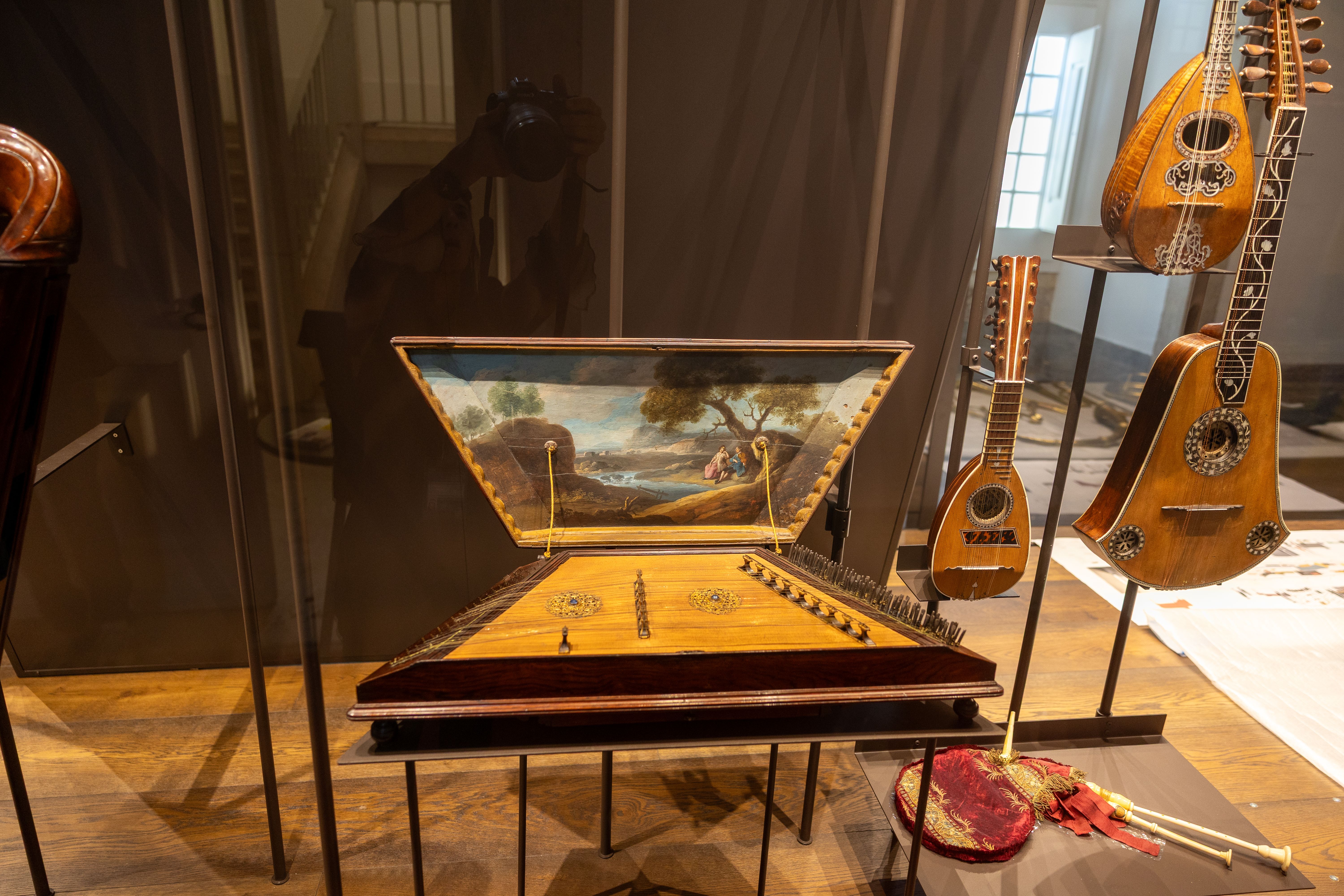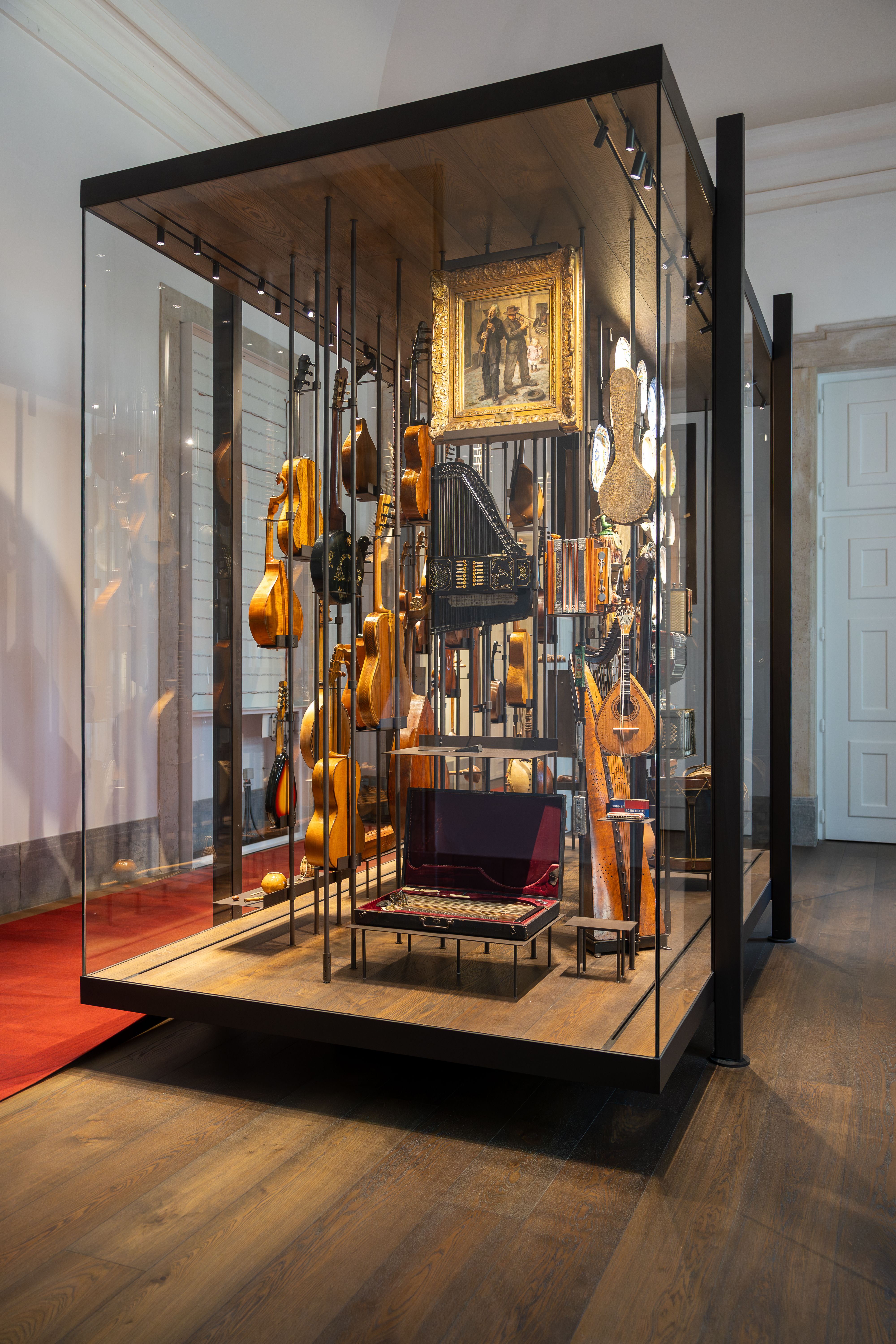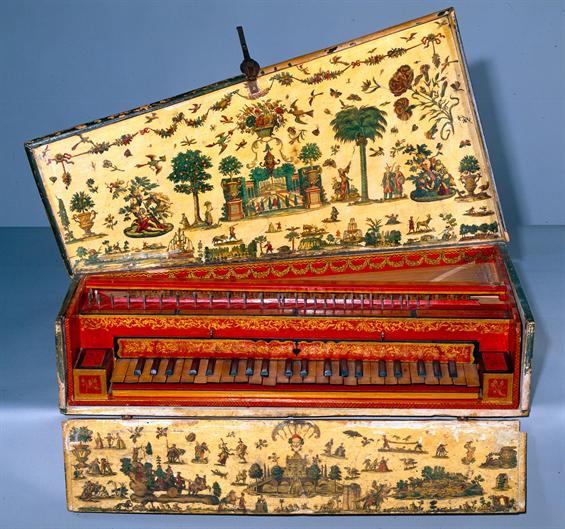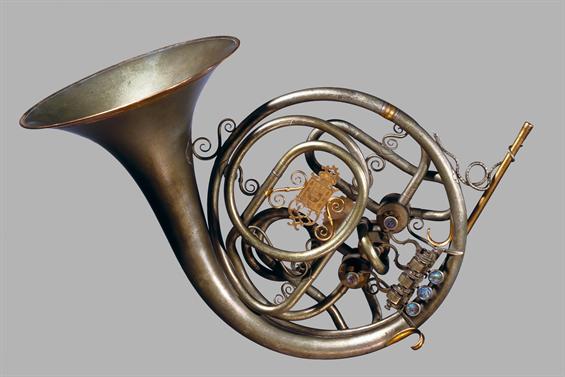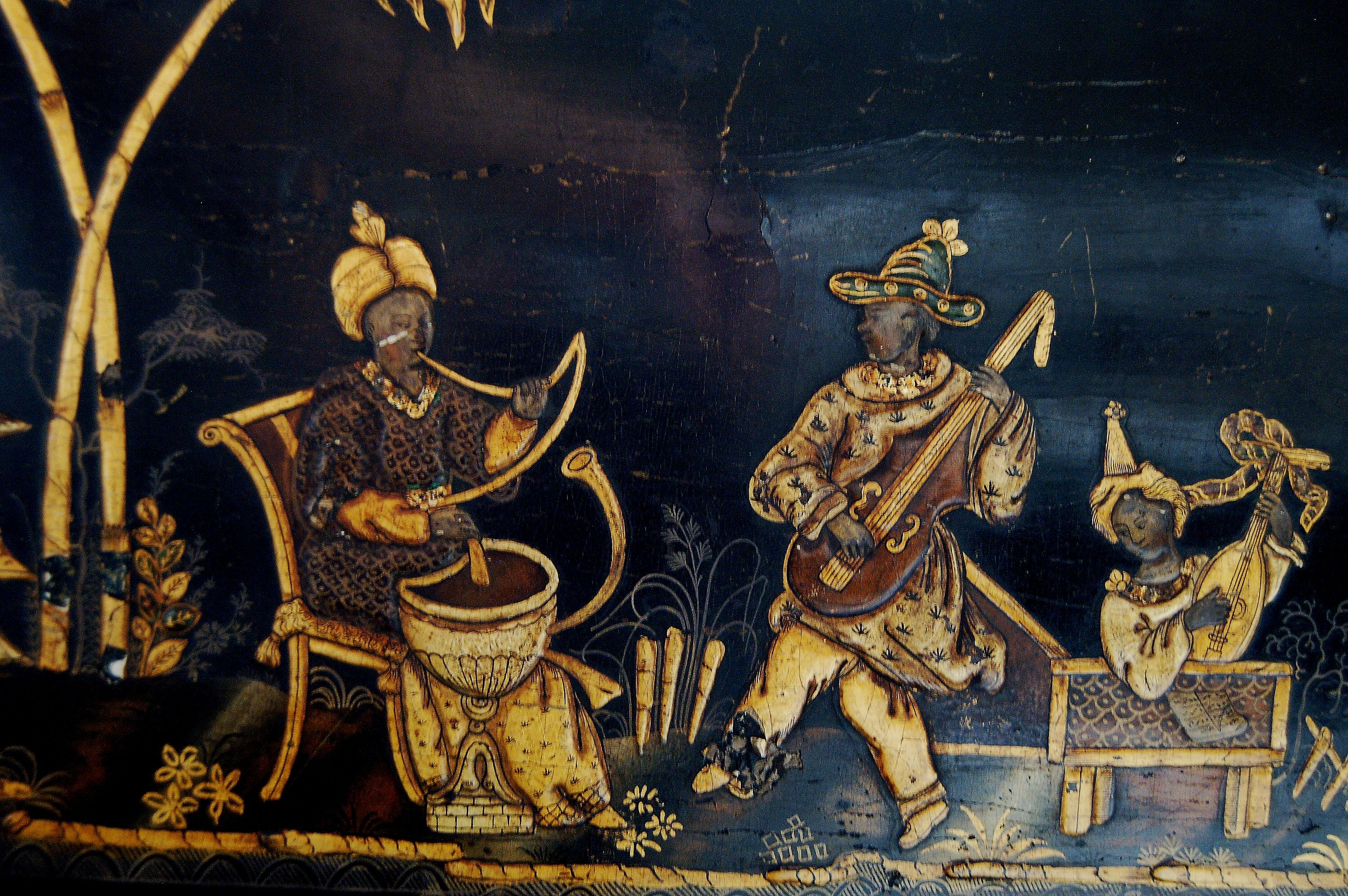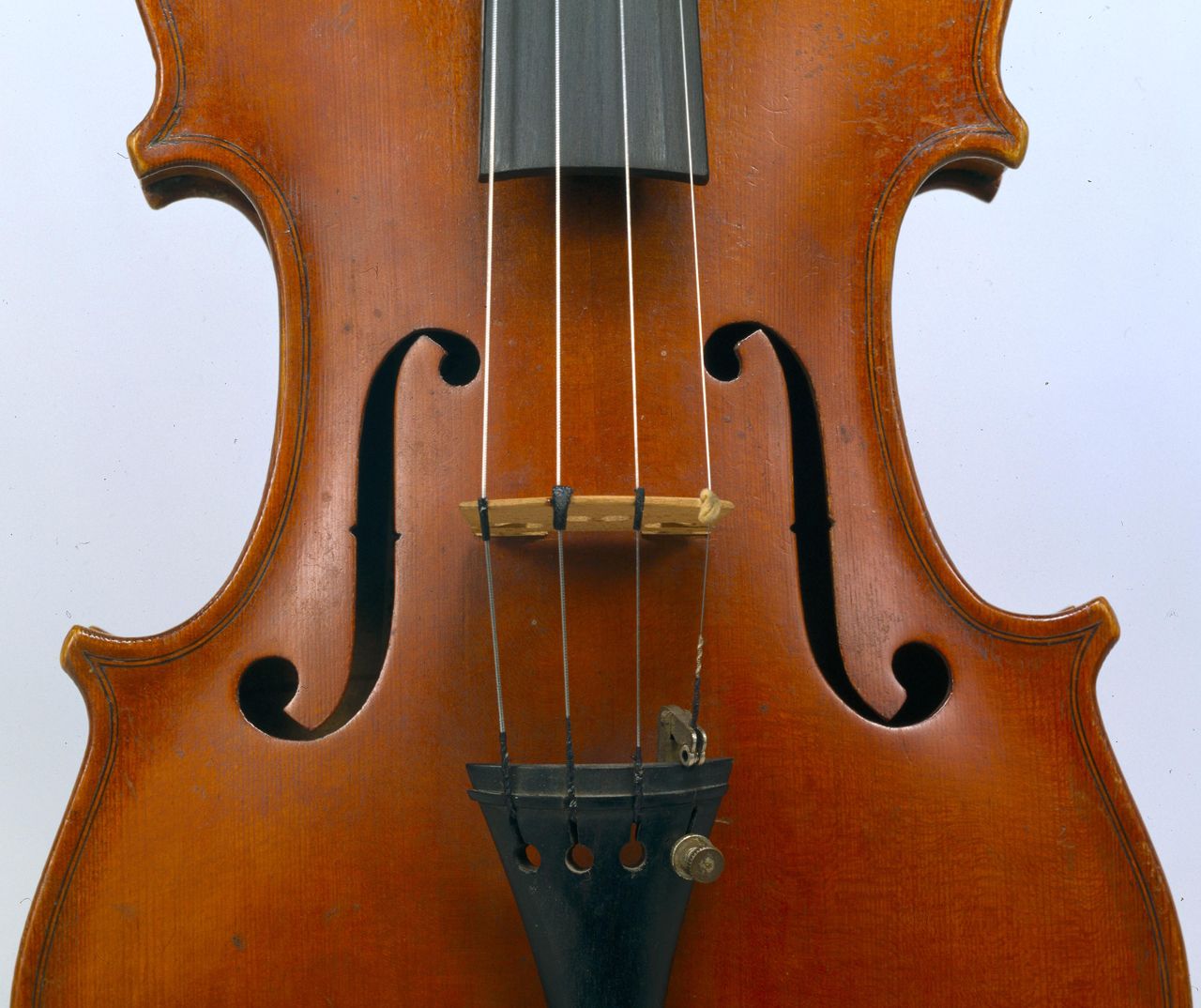The National Music Museum houses one of the most important collections of musical instruments from the 12th to the 21st century, representing various practices and contexts, some of which are classified as “national treasures”.
The idea of a music museum open to the public became a reality in 1905, when the collection of musical instruments belonging to Alfredo Keil, composer of the national anthem A Portuguesa, was opened to visitors. At the time, the project to create a museum of musical instruments was energetically promoted by musicologist Michel'angelo Lambertini, who encouraged the collection of rare specimens from various sources. With the support of music lover António Augusto de Carvalho Monteiro, known as “Monteiro dos Milhões,” this work culminated in 1916 with the creation of the Lisbon Instrumental Museum, where Lambertini was able to add his own collection to that of Alfredo Keil. Later, this legacy was largely incorporated into the Instrumental Museum of the National Conservatory. In the 1970s, due to lack of space, the Instrumental Museum was forced to leave the Conservatory, and a troubled period began in which its collection was successively housed in the Pimenta Palace, the National Library, and the Mafra Palace-Convent. In a joint initiative between Lisbon 94 — European Capital of Culture, Lisbon Metro, and the Portuguese Institute of Museums, a protocol was signed for the temporary housing of the collection at the Alto dos Moinhos metro station, where it remained until the inauguration of the new facilities at the Royal Building of Mafra in 2025. In the meantime, and to this day, the collection continues to grow thanks to the acquisition and donation of extraordinary testimonies to the history of music in Portugal and around the world.
With around five hundred pieces on display, the National Music Museum also houses a collection of over a thousand musical instruments in its reserves, as well as instrument-making tools, audio equipment, various accessories, sheet music, phonograms, iconography, and varied documentation.
Due to their rarity and importance, some of the musical instruments in its collection are classified as “national treasures.” Highlights include the harpsichord by Joaquim José Antunes, dated 1758, Pascal Taskin's harpsichord, built in 1782 for the court of Louis XVI of France, the Boisselot & Fils piano, which the virtuoso Franz Liszt brought to Lisbon during his Iberian tour of 1844-1845, and the Stradivarius cello, dated 1725, which belonged to King Luís.
